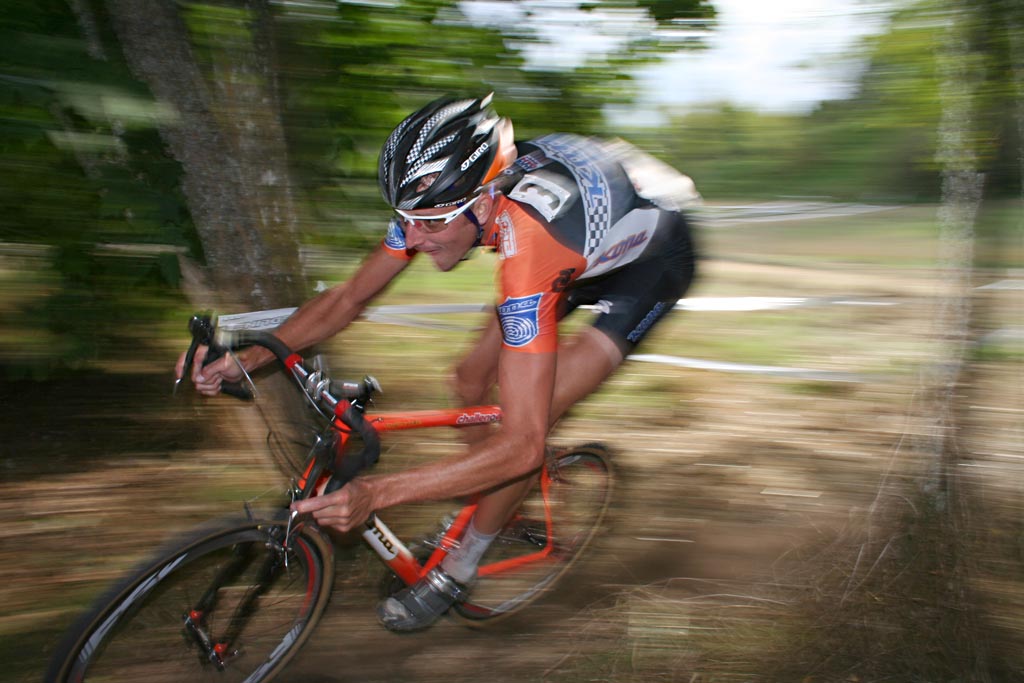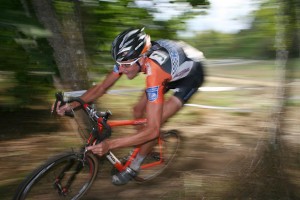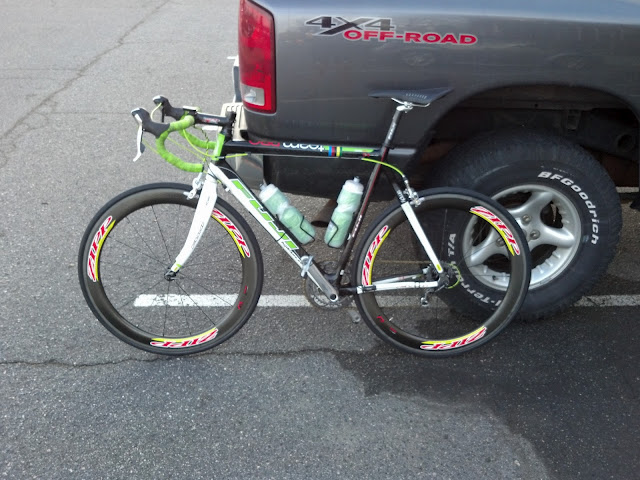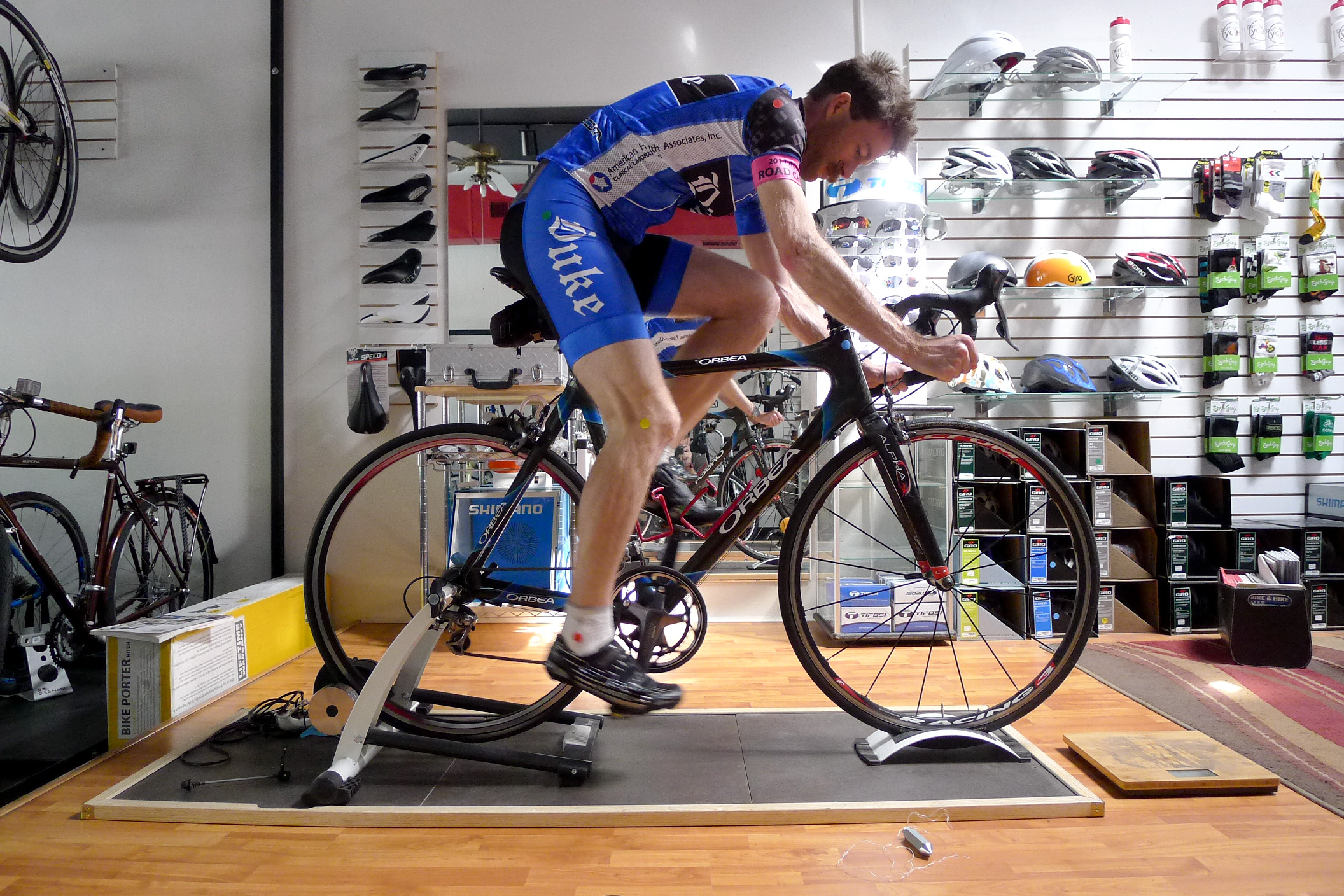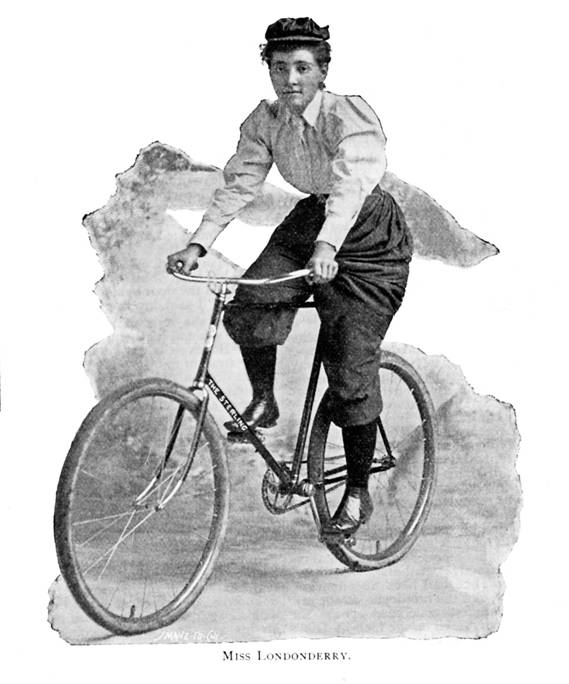After two successive weekends of fittings for the Duke Triathlon Club, I’ve noted a serious trend towards excessively high saddle heights, so I’ve decided to write a quick piece about why proper saddle height is important; how proper saddle height is determined; and why triathletes are trending towards higher saddle heights.
WHY SADDLE HEIGHT IS IMPORTANT:
High saddle heights increase pressure on the soft tissue of the perineum, which can lead to numbness and even vascular damage. (Do not listen to anyone who tells you to “ride through” numbness—stand up on the pedals, get the blood flowing, and go home.) While saddles which are “cut out” in the center can relieve some pressure on the perineum, an excessively high saddle will cause the rider to “reach” at the bottom of the pedal stroke, compressing vital arteries. Further, when the saddle is too high in relation to the handlebars, the pitch of the rider’s hips will be too steep, rolling the rider forward off of his or her tail bones and onto the soft tissue. From the standpoint of performance, pressure on the perineum makes it uncomfortable to pull back and up through the pedal stroke, meaning a rider will sacrifice much of the power available from the hamstrings and glutes.
Low saddle heights relieve pressure on the perineum, but put constant compressive forces on the knees, which never approach full extension. Further, lower saddle heights allow greater leverage and increase shearing force at the back of the knee cap. The greater leverage and, hence, power available at lower saddle heights can also lead to injury because it encourages riders to push at full intensity before their tendons have strengthened enough to bear the load.
HOW SADDLE HEIGHT IS MEASURED:
There have historically been three methods of determining “correct” saddle height: (1) A percentage of one’s inseam (usually .883 percent); (2) the angle at one’s knee (usually 145-155 degrees); (3) and a subjective assessment of power generation and comfort.
Methods 1 and 2 (“percentage of inseam” and “knee angle”) are not prescriptions for “proper” saddle height, but measures of saddle heights common among successful cyclists. Neither method is particularly amenable to scientific testing. The “percentage of inseam” measure is problematic because it doesn’t take into account how much any given saddle will flex or how much “natural padding” a rider has–two variables which, irrespective of inseam measure, can dramatically alter the actual extension of a rider’s leg when pedaling. While the “knee angle” method seems to eliminate the variables of the inseam method, it adds new variables: First, there is no precise point behind the patella which counts as the axis of the joint and moving the axis a millimeter in any direction will substantially alter the effective knee angle; second, the greater trochanter (the ball of the hip) has a large surface on which no two fitters with find the same center; thus, different fitters are likely to measure different knee angles on the same rider. (A further problem is that the greater trochanter moves on an arching path but is typically treated as a simple ball joint, leading to inconsistent measures of hip angle.)
In my own fitting system, I’ve accommodate for the inconsistencies of the knee angle method by locating the neutral spot in the hip and knee throughout the pedal stoke, essentially finding theoretical axes which can be precisely reproduced by any other fitter. The benefit of the theoretical axis is that it ensures that one measures actual changes in fit–not changes in reference points–over time and over various frame geometries. Nonetheless, the system still does not provide a formula for the “right” saddle height. Until performance and injury studies are done using truly replicable measures, all current fit systems are simply more or less consistent ways of placing riders at anecdotally correct saddle heights. Currently, the only way to truly determine the most efficient saddle height for a rider is to map power curve data, plotting heart rate against wattage at various saddle heights. The rider must then balance the power curve data with his or her comfort.
WHY SO HIGH?
Since saddle height must ultimately be determined by balancing power with comfort, it seems odd that so many triathletes are migrating towards notably less powerful and less comfortable saddle heights. I suspect two interrelated causes: (1) Riders are mimicking the most often pictured heel up “spin” of professional triathletes riding at their fastest, not the heel down spin of pros when climbing or fighting the wind; (2) because swimming and running do not work the same muscle groups at the same intensity as cycling does, riders who have only recently added cycling to their routine may initially feel inefficient at a lower saddle heights. There is a third, and perhaps more likely culprit: the “rule of thumb” that riders should have a “slight” bend in the knee at the bottom of the pedal stroke. The point of greatest leg extension is not at the bottom of the pedal stroke, however, but just before the bottom–at roughly 5 O’clock, not 6 O’clock on the dial. Thus, a rider with a slight knee bend at the bottom of the pedal stroke may have almost no knee bend at the true point of greatest extension. Bike fit is too important to leave to rules of thumb.
–That’s it for now. Questions and comments, as always, are invited.

